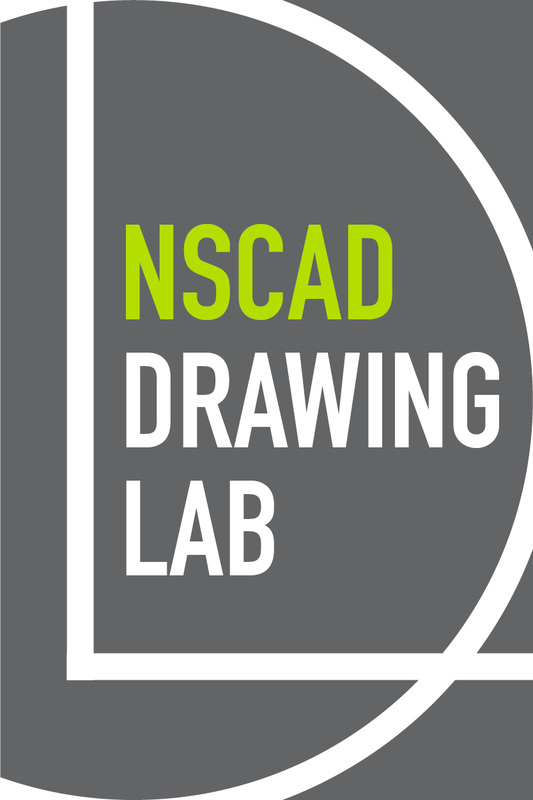Studies |
"When you run into something interesting, drop everything else and study it."
– B. F. Skinner |
Digital Drawing and ErasureTeaching drawing usually includes guidance regarding the use of erasers. In terms of an analogue experience, it is useful to learn that different types of eraser serve purposes beyond that of merely removing marks from the page. In fact, they can be used as mark making tools in their own right. Of equal importance is that partially erased marks provide a helpful guide to the evolution of a drawing. Both teacher and learner can 'review' a drawing's history.
Anecdotal observation suggests that drawers using a digital pen display in an observational drawing task tend to erase more than is typical of drawers using traditional (analog) media. Our hypothesis is that either i) erasing is easier or erasure is more complete in digital drawing, making it an appealing technique for drawing development, or ii) drawers experience a higher rate of error when drawing digitally. While digital drawing programmes offer a broad array of mark making possibilities, decisions about whether, when and how to remove marks from a drawing can be crucial. In this study, we were not concerned with aesthetic considerations but rather with measuring how process proceeded and effected an end product primarily in terms of image accuracy. One significant advantage of recording a drawing process digitally is that a drawing's can be 'replayed' and individual events reviewed and counted. Paper published - To Erase or Not to Erase, That is not the Question: Drawing from Observation in an Analogue or Digital Environment. Art, Design & Communication in Higher Education Volume 19 Number 2 |

